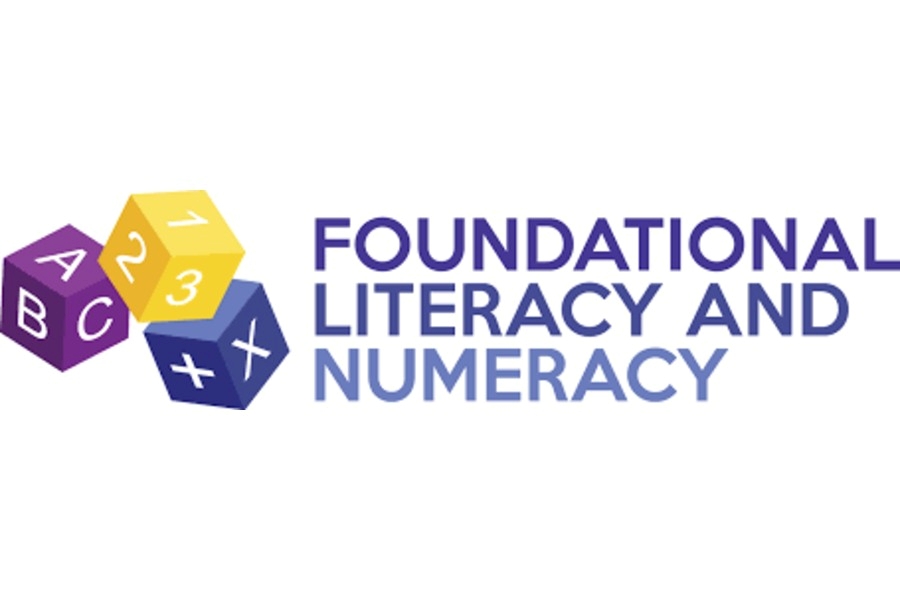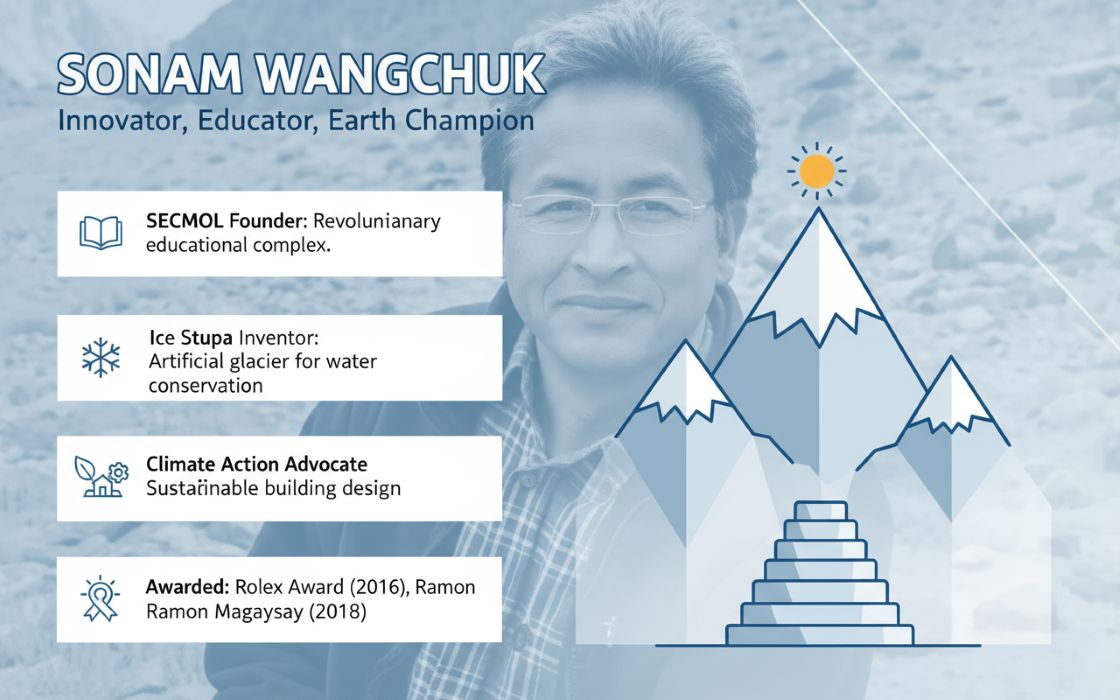While technology continues to transform learning across urban India, a large section of children in underserved communities still face barriers to digital access and literacy — reinforcing cycles of educational and economic disadvantage.
To help bridge this digital divide, ASUS India, in collaboration with the VIDYA Foundation, has rolled out a targeted intervention that brings structured digital learning to government and low-income schools across Maharashtra, Gujarat, and Goa. By focusing on access, training, and continuity, the initiative aims to build a foundation of digital equity in education — one school at a time.
In this conversation with TheCSRUniverse, Eric Ou, Country Head, ASUS India, discusses how the initiative aligns with ASUS’s long-term CSR strategy, and why supporting digital learning is both a business-aligned and socially critical investment.
Scroll down to learn more.
Q&A
Q. ASUS has long been known for cutting-edge consumer technology, but your recent partnership with VIDYA marks a purposeful shift toward grassroots digital inclusion. What sparked ASUS India's move into this space, and how did this initiative come to life? How does it align with ASUS’s core business strategy and long-term vision in India?
A. We at ASUS have been working towards bringing cutting-edge technology and innovation that helps Indian consumers in their everyday lives, thus playing a key role in bridging the Indian digital divide. This has also been replicated in our efforts in our CSR initiatives by partnering with VIDYA’s Digital Literacy for Children program. We have always wanted to create an ecosystem of learning where access meets empowerment. By partnering with VIDYA and enabling their curriculum with our devices, we are investing in grassroot digital empowerment and inclusion that builds a long-term and sustainable impact.
Supporting digital literacy is not only a responsibility but a reflection of our core belief that innovation should improve lives, especially in communities where access has traditionally been limited. With India on the cusp of a digital transformation, we see this collaboration playing the role of an enabler empowering the next generation with the tools and knowledge they need to participate, compete, and thrive in a tech-first world. Our aim has always been to go beyond products and create meaningful impact. Initiatives like this help us align with India's growth story and ensure that the benefits of digitization reach students in underserved areas.
Q. Why was UNESCO’s Digital Literacy Framework selected as the foundation for this curriculum, and how does it help create globally relevant, age-appropriate, and impactful learning for students from underserved communities?
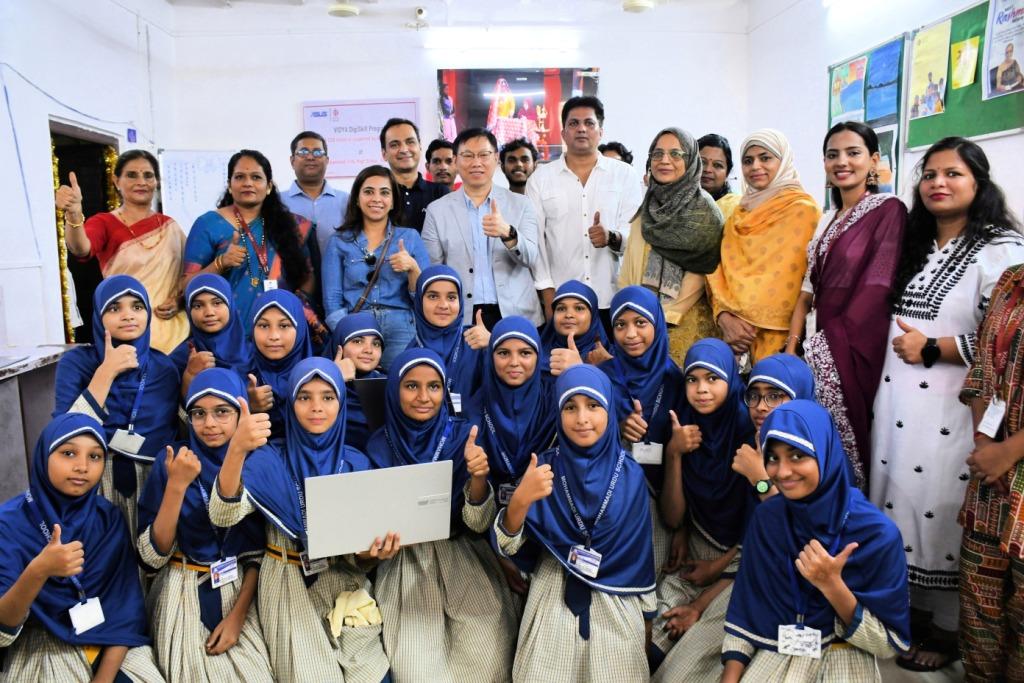 A. UNESCO’s Digital Literacy Framework offers a globally recognized structure that goes far beyond basic digital skills. When we were understanding the curriculum and the courses, we wanted to ensure that the students are met with the right skills that match international standards, allowing them to pursue roles that also defy the state boundary while ensuring job-readiness.
A. UNESCO’s Digital Literacy Framework offers a globally recognized structure that goes far beyond basic digital skills. When we were understanding the curriculum and the courses, we wanted to ensure that the students are met with the right skills that match international standards, allowing them to pursue roles that also defy the state boundary while ensuring job-readiness.
Q. With students being introduced to tools like digital storytelling, poster design, Scratch, and Python, how do you see these creative and coding skills fostering self-directed learning and reshaping the digital journeys of first-generation learners?
A. The initiative is not just about equipping youth with technical skills but also sparking curiosity and building confidence among them. For many first-generation learners, this may be their first meaningful interaction with technology beyond a phone screen and when they realize they can create something, from a simple animation to a digital poster or a working code, they start seeing themselves not just as users of technology, but as contributors.
The digital skills they will develop through this interaction will enable them to navigate the digital world with confidence. It will also foster creativity, critical thinking, collaboration, and communication skills among students and increase overall career opportunities for them.
Q. What unique considerations went into designing the engagement model to not only empower students, but also create a ripple effect of digital awareness and confidence within their families and communities?
A. We were very intentional about ensuring that this wasn’t just a one-way learning program. Many of the students we’re reaching are the first in their families to interact with technology in a meaningful way. The goal was to make digital literacy feel practical and relevant, something they could learn and share.
We’ve created a framework where students naturally become digital ambassadors in their circles, whether it’s helping a family member use a smartphone more efficiently or introducing a sibling to basic coding, the learning travels beyond classrooms. The ripple effect we see is when real inclusion begins, when one learner uplifts many along the journey.
Q. Gender disparity remains a critical issue in digital access. What specific strategies are in place to ensure active and sustained participation of girls in the program, and how might this influence their long-term educational and professional pathways?
A. As per UNESCO, Indian girls are 25% less likely than boys to have access to digital technology, addressing gender disparity was a core consideration from the outset. We worked very closely with VIDYA to ensure that we’re addressing the root of this disparity by teaching a girl child in their primitive learning age. Inclusive, safe and encouraging environment, especially for girls has been our utmost priority.
We have actively looked at setting up digital labs in communities where we are aware that girl children are underserved and there are opportunities to bridge the gender gap. The long term goal is to normalize technology as a space where girls can thrive, explore, and lead. We believe that this program is laying a foundation that can influence their educational and career paths in meaningful ways.
Q. Many CSR efforts falter when it comes to sustainability. How is ASUS ensuring that the digital skills imparted here translate into long-term use, career opportunities, and community transformation?
A. To ensure the program’s long-term sustainability, we have built in multiple reinforcing elements: a robust tracking mechanism records beneficiaries’ life and career progress over time, while regular assessments measure their growth across the 4 C’s of 21st-century skills—Creativity, Critical Thinking, Collaboration, and Communication. By significantly raising digital literacy levels and encouraging mastery of technological tools, the program lays a foundation for self-directed learning and career readiness. Youth receive industry-relevant training, internships (including opportunities for VIDYA alumni to become trainers), and job linkages through partners like NIIT Foundation, Reliance Foundation, and Tata Youth Employability Initiative. This integrated approach ensures participants not only gain immediate employment options but also build sustainable career pathways, making the initiative self-propagating as trained youth reinvest their skills in their communities.
Q. Can you share any key challenges or insights that emerged from the early rollouts in Maharashtra, Goa, and Gujarat? How are these learnings informing ASUS India’s broader CSR or ESG strategy and the program’s potential for national scalability?
A. We’ve seen that delivering technology alone isn’t enough equally critical is local engagement, teacher training, and sustained support to ensure lasting impact. These learnings are shaping our broader CSR and ESG strategy by reinforcing the need for collaborative, community-led models that can be scaled responsibly. As we move forward, we’re committed to expanding this approach thoughtfully, ensuring it aligns with our vision of meaningful, long-term contribution to India’s digital inclusion and education goals.
Q. Given ASUS’s expansive retail and service network in India, is there a roadmap to transform these touchpoints into local hubs for digital learning or community engagement in the future?
A. Our current focus is on successfully grounding the initiative in Maharashtra, Goa, and Gujarat, regions where our partner ecosystem, school infrastructure, and government collaboration are already in motion. The idea is to treat this as a scalable model. Once the framework is proven effective in these states, we aim to extend it to other regions, especially those with underserved digital access.
Q. As India accelerates toward a digitally enabled economy, how does ASUS see its role evolving—not just in bridging the digital divide, but in catalyzing innovation in rural and semi-urban regions?
A. We see our role evolving from a technology enabler to a value creator at the grassroot level. We want to go beyond offering devices and additionally also invest in building ecosystems of opportunity, especially in rural and semi-urban pockets that are rich in potential but underserved. Through initiatives like this digital literacy program and by working with strong implementation partners, we’re focused on nurturing a generation that doesn’t just consume digital tools but uses them to create, innovate, and contribute meaningfully to India’s digital economy. That’s the future we want to be part of.
Q. On a personal note, having led ASUS across diverse global markets, how has this direct engagement with India’s underserved communities reshaped your view on purpose-driven leadership and the role of technology in inclusive development?
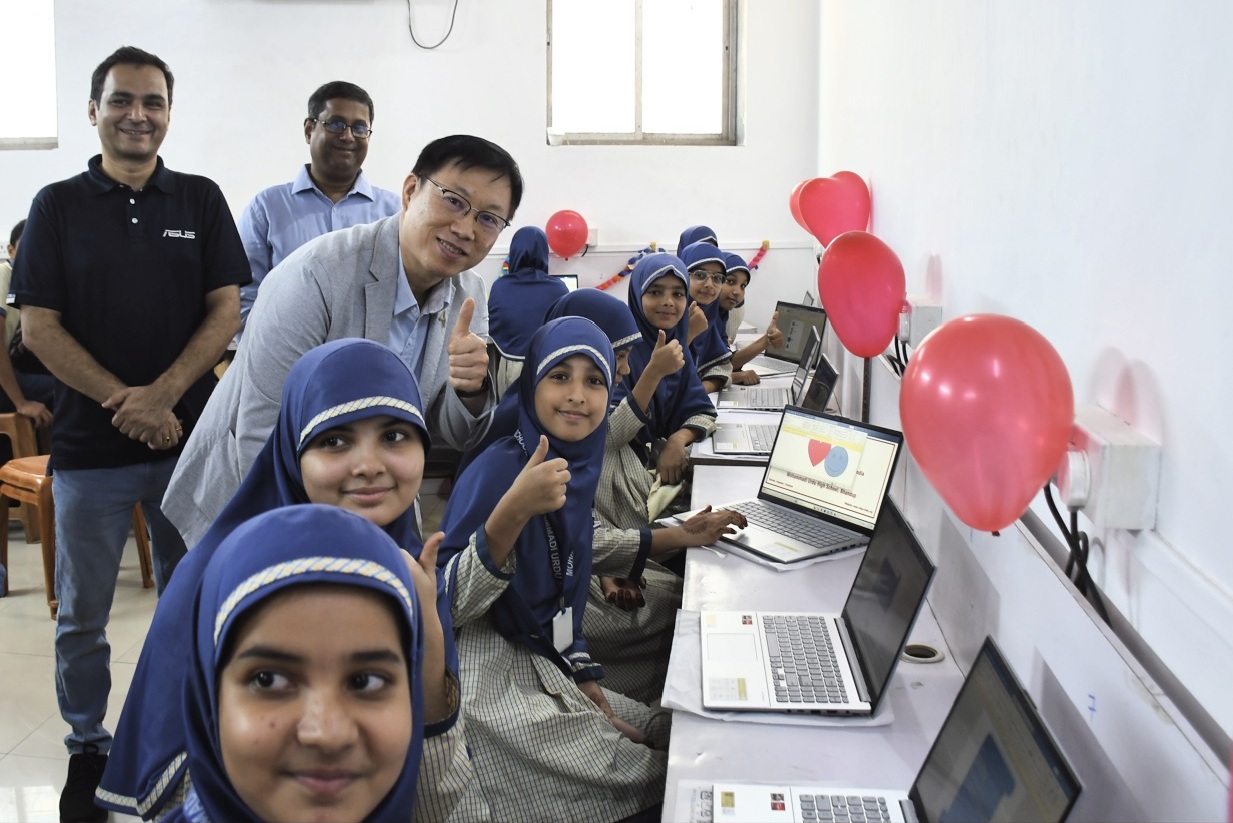 A. Working closely with India’s underserved communities has been deeply humbling and has reaffirmed my belief that true leadership lies in creating meaningful impact. It has reminded me that technology is not just about innovation but also about making opportunities more accessible and equitable. This engagement has reinforced my commitment to ensuring that our solutions genuinely empower people, bridging gaps in education, skills, and livelihoods. For me, purpose-driven leadership means using our global expertise to address local needs thoughtfully, and to help build a more inclusive, digitally confident future for all.
A. Working closely with India’s underserved communities has been deeply humbling and has reaffirmed my belief that true leadership lies in creating meaningful impact. It has reminded me that technology is not just about innovation but also about making opportunities more accessible and equitable. This engagement has reinforced my commitment to ensuring that our solutions genuinely empower people, bridging gaps in education, skills, and livelihoods. For me, purpose-driven leadership means using our global expertise to address local needs thoughtfully, and to help build a more inclusive, digitally confident future for all.
Q. From curriculum delivery to infrastructure, what role do ecosystem partners like NIIT Foundation, NASSCOM FutureSkills Prime, and Skill India Mission play in expanding the program's scale, reach, and career relevance for youth beneficiaries?
A. Ecosystem partners like NIIT Foundation, NASSCOM FutureSkills Prime, and Skill India Mission play a crucial role in scaling the program, enhancing its reach, and ensuring strong career relevance for youth beneficiaries. Through these partnerships, VIDYA offers 3–6-month certified courses in areas such as Basic IT, Hardware & Networking, Web Designing, and Advanced Word & Excel. These industry-recognised partners ensure high-quality curriculum delivery aligned with market needs, provide access to up-to-date learning resources, and help validate youth skills with credible certifications ultimately strengthening their employability and opening pathways to meaningful, future-ready careers.

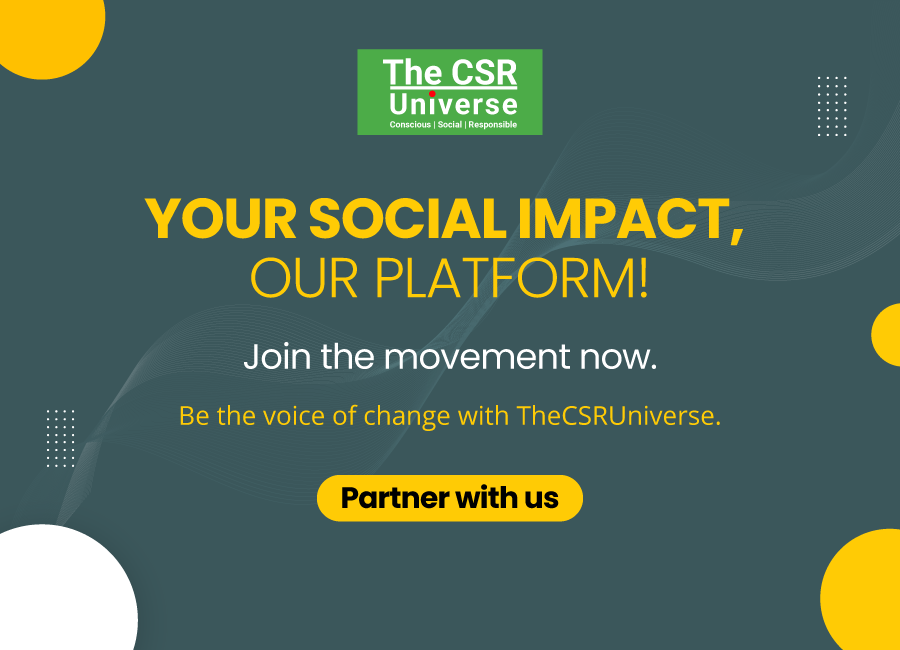

 A. UNESCO’s Digital Literacy Framework offers a globally recognized structure that goes far beyond basic digital skills. When we were understanding the curriculum and the courses, we wanted to ensure that the students are met with the right skills that match international standards, allowing them to pursue roles that also defy the state boundary while ensuring job-readiness.
A. UNESCO’s Digital Literacy Framework offers a globally recognized structure that goes far beyond basic digital skills. When we were understanding the curriculum and the courses, we wanted to ensure that the students are met with the right skills that match international standards, allowing them to pursue roles that also defy the state boundary while ensuring job-readiness. A. Working closely with India’s underserved communities has been deeply humbling and has reaffirmed my belief that true leadership lies in creating meaningful impact. It has reminded me that technology is not just about innovation but also about making opportunities more accessible and equitable. This engagement has reinforced my commitment to ensuring that our solutions genuinely empower people, bridging gaps in education, skills, and livelihoods. For me, purpose-driven leadership means using our global expertise to address local needs thoughtfully, and to help build a more inclusive, digitally confident future for all.
A. Working closely with India’s underserved communities has been deeply humbling and has reaffirmed my belief that true leadership lies in creating meaningful impact. It has reminded me that technology is not just about innovation but also about making opportunities more accessible and equitable. This engagement has reinforced my commitment to ensuring that our solutions genuinely empower people, bridging gaps in education, skills, and livelihoods. For me, purpose-driven leadership means using our global expertise to address local needs thoughtfully, and to help build a more inclusive, digitally confident future for all.
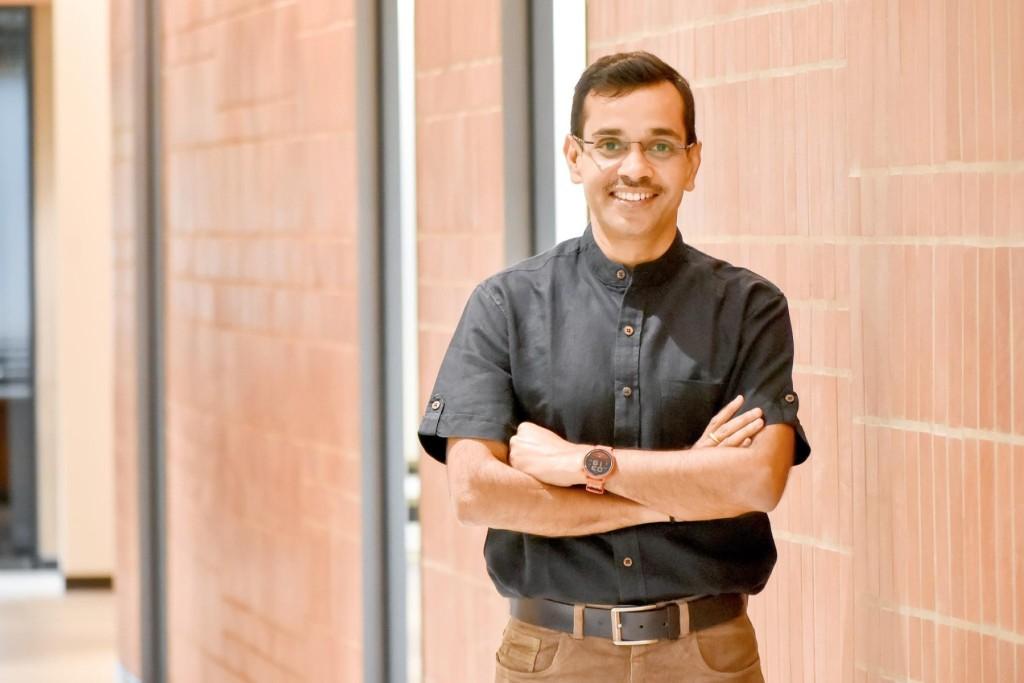

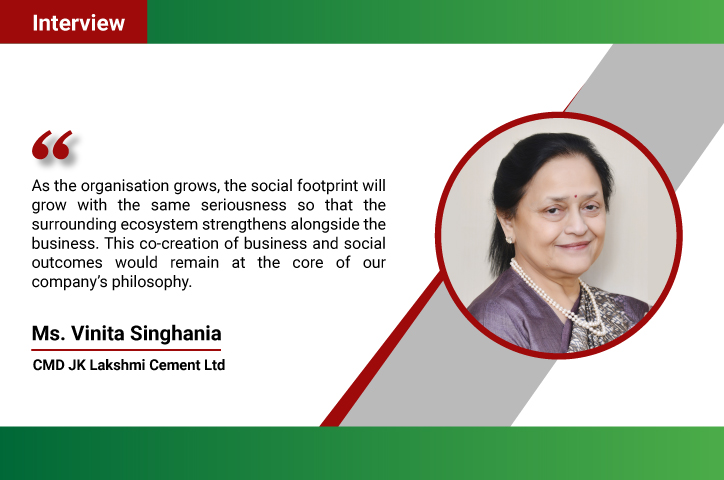
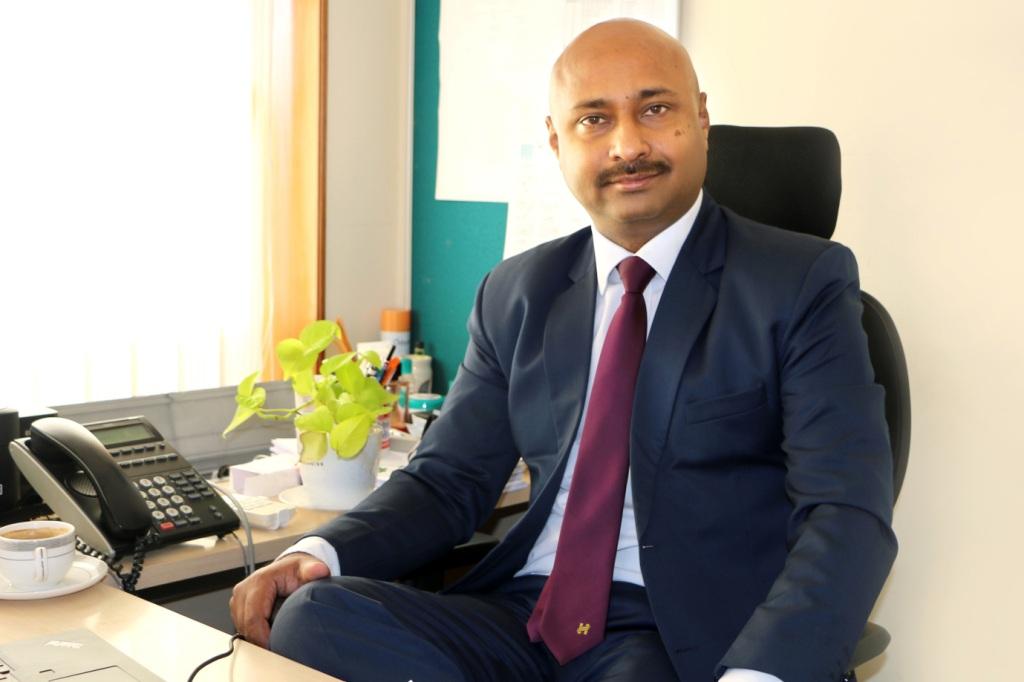
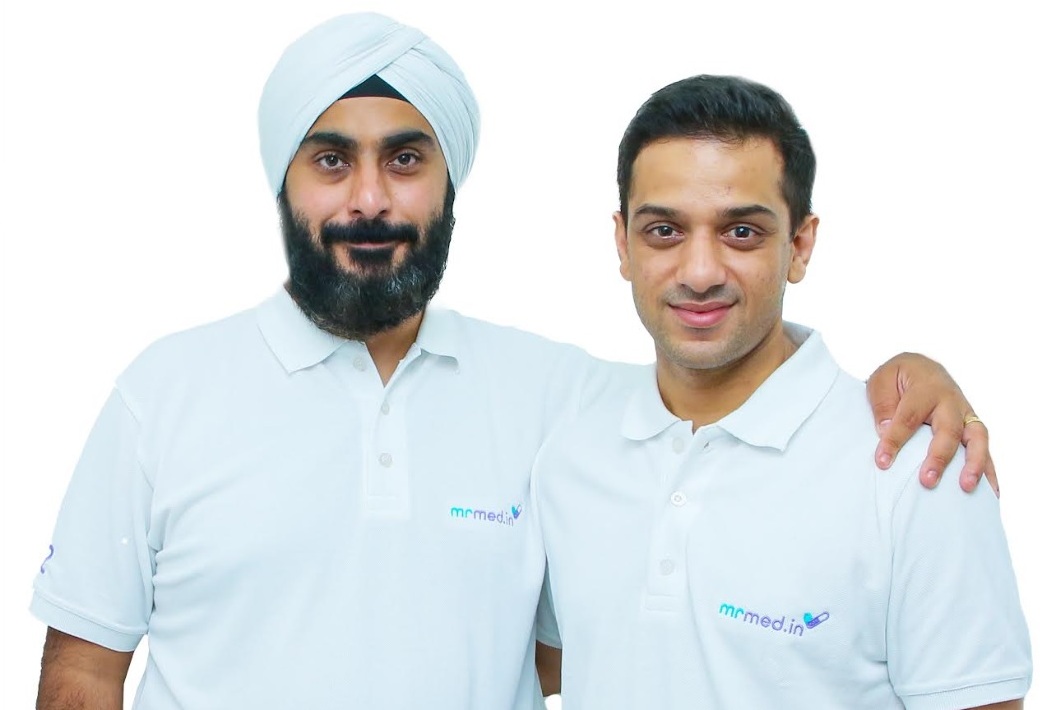
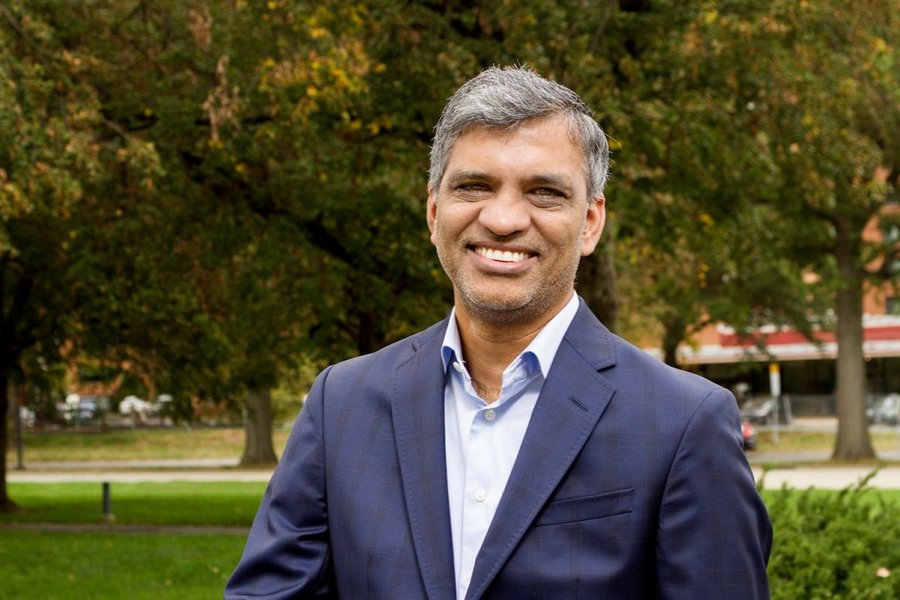
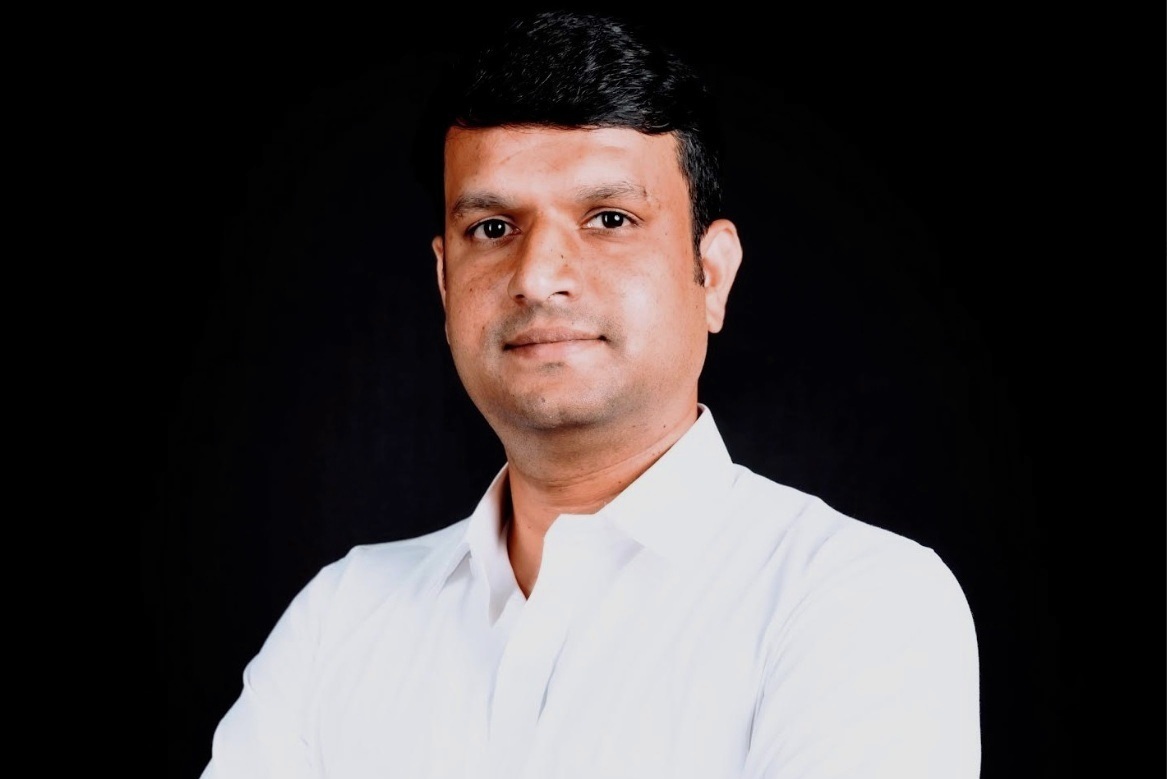
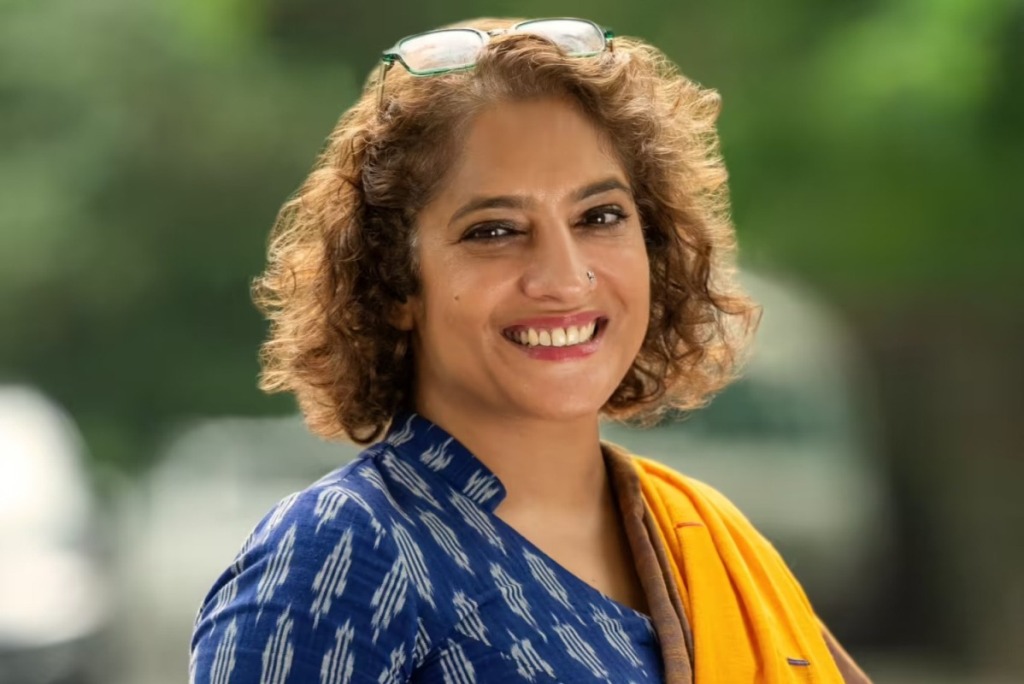
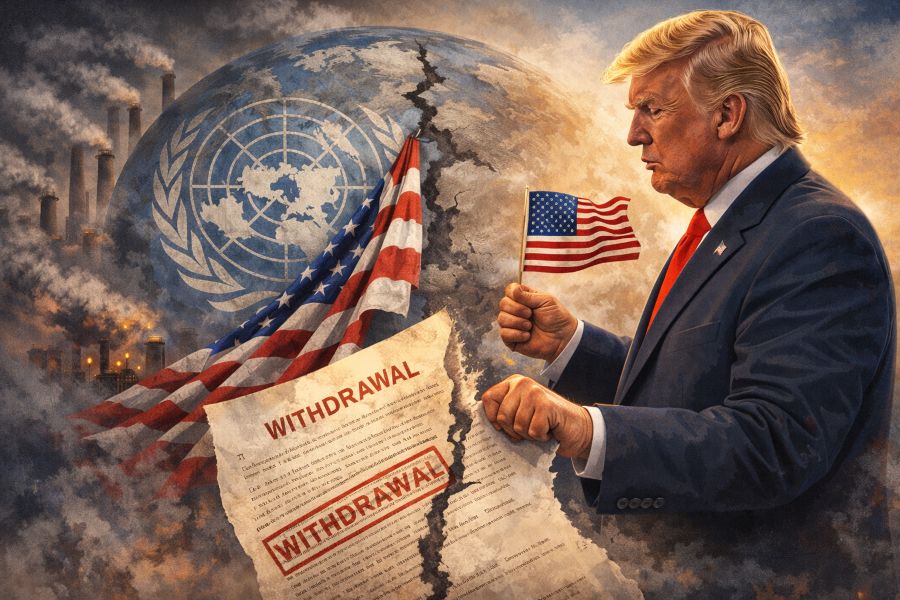
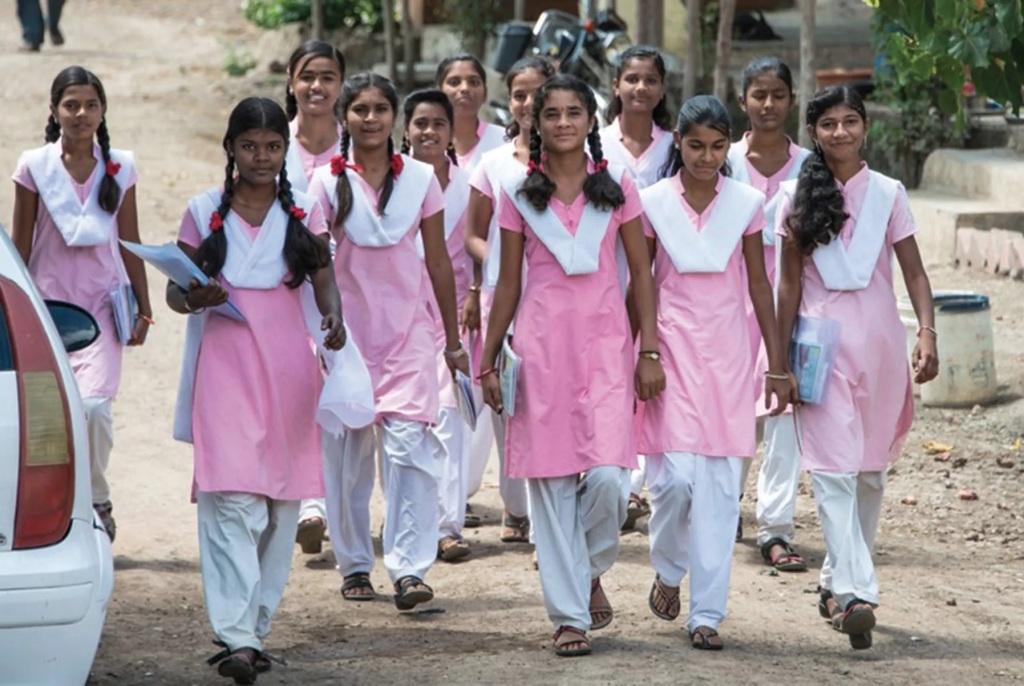
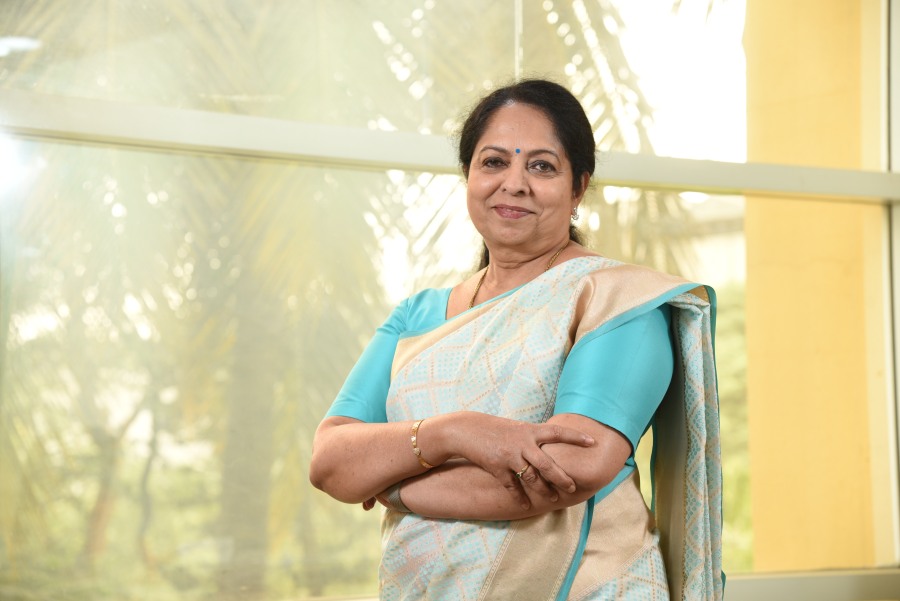
.jpg)
